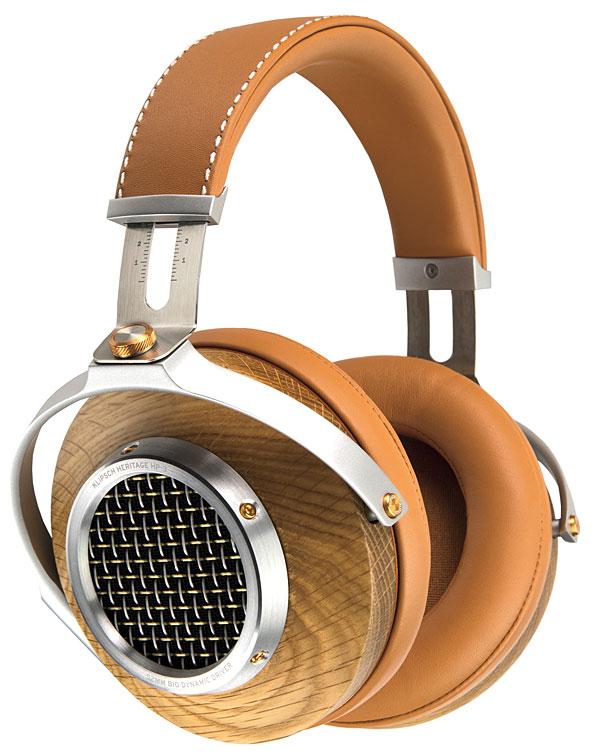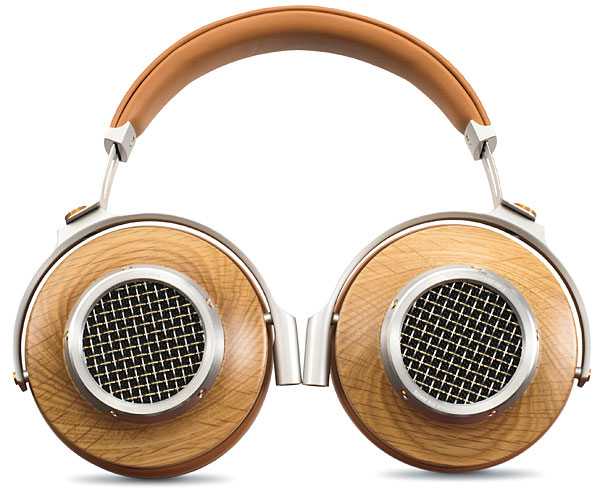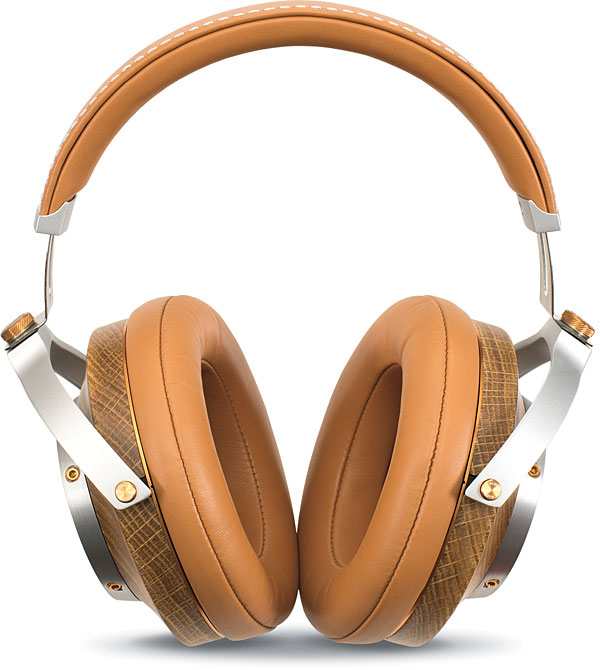Klipsch Heritage HP-3 Headphones

AT A GLANCE
Plus
Solid machined wood earcups
Rich sound balance
Bio Dynamic drivers
Minus
So-so comfort over long sessions
THE VERDICT
At last, with the Heritage HP-3 there’s finally a Klipsch headphone founder Paul W. Klipsch would be proud of.
The Heritage HP-3 is a clean break from all of Klipsch’s previous full-sized headphones. Although Klipsch’s previous headphones were decent, I never felt they put the same passion into their headphones as their speakers. Maybe that’s why the HP-3 feels like a new beginning. Klipsch is finally going up against the big boys in the high-end audio headphone biz.
This bit in the HP-3 press release set me reeling: “The Heritage HP-3 was inspired by founder Paul W. Klipsch (PWK). Long before stereo existed, PWK’s first audio experimentation was with a pair of headphones that he modified for stereo reproduction in 1919.” Klipsch really was a forward-thinking man!
As for the HP-3s, even before you pop them on your noggin, you can’t help but notice the build quality in their die-cast steel, handsanded and -polished wood, sheepskin (for the earpads), and machined aluminum materials. Klipsch offers the HP-3s in three solid-wood finishes—walnut, ebony, and oak. Klipsch-o-philes take note: The earcup grilles are the same material used in the company’s 70th anniversary Klipschorn, Cornwall, and Heresy speakers.

The HP-3s’ 52mm BioDynamic (a.k.a. biocellulose) driver comes from CM Foster in Japan. It’s a “free-edge” design that uses a roll surround, similar to the sort you see on speaker midranges and woofers. Most headphone drivers don’t have surrounds; instead, their thin film diaphragms adhere directly to the driver frame. Klipsch engineers collaborated with CM Foster to fine-tune the sound with a series of radial slots in the driver’s baffle. HP-3s are assembled in China.
The genuine hand-stitched cowhide headband looks cool, but I wish it had more padding. Same for the ear cushions, which didn’t seal all that well. The HP-3s’ comfort over long listening sessions was good but nowhere near as comfy as, say, the Beyerdynamic T1 or Sennheiser HD 800S headphones.
To get acquainted with the HP-3s’ sound, I checked out ex-Top Gear hosts Jeremy Clarkson, Richard Hammond, and James May’s new series, The Grand Tour, with the boys driving a V12 Aston Martin DB11, a supercharged V8 Dodge Challenger SRT Hellcat, and a twin turbo V12 Rolls-Royce Dawn across Italy. The sounds of those exquisite rides massaged my eardrums to a fare-thee-well. The HP-3 was in all its glory.

As for music, the HP-3s sound sweet, and the clarity is there, it just doesn’t shout detail or sound lean. Indeed, the sound flatters both male and female singers, who sound more full-bodied than they do on a lot of headphones. The bass deserves special praise for its dexterity—it doesn’t suffer from any thickness or flab, and dynamics are given their full due. Soundstage width and focus are quite nice. The HP-3s are very American-sounding headphones, by which I mean they’re big and bold. In that sense, they sound like a big Klipsch tower speaker.
The HP-3s’ looks remind me of the $1,190 EnigmAcoustics Dharma D1000 hybrid electrostatic/dynamic headphones I reviewed for Sound & Vision back in 2015. I still have the Dharmas on hand, so I was eager to compare the two models. Of course, there’s a huge difference in the tech, and the D1000s’ electrostatic tweeter definitely supplied more top-end air and clarity than the HP-3. Lee Ann Womack’s The Lonely, the Lonesome & the Gone album’s tear-stained tunes had more soul over the HP-3s, while the D1000s’ sound was clearer and more hi-res. The two headphones offer two very different perspectives on the music, but if I had to choose, I’d go with the HP-3 for their more organic tone.
The Heritage HP-3s aren’t the first Klipsch headphones, but they’re the company’s first ’phones that’ll tempt audiophiles. I’m sure they won’t be the last.


























































